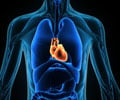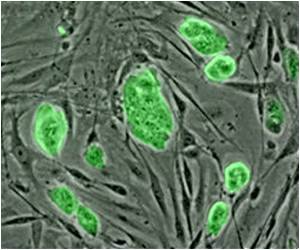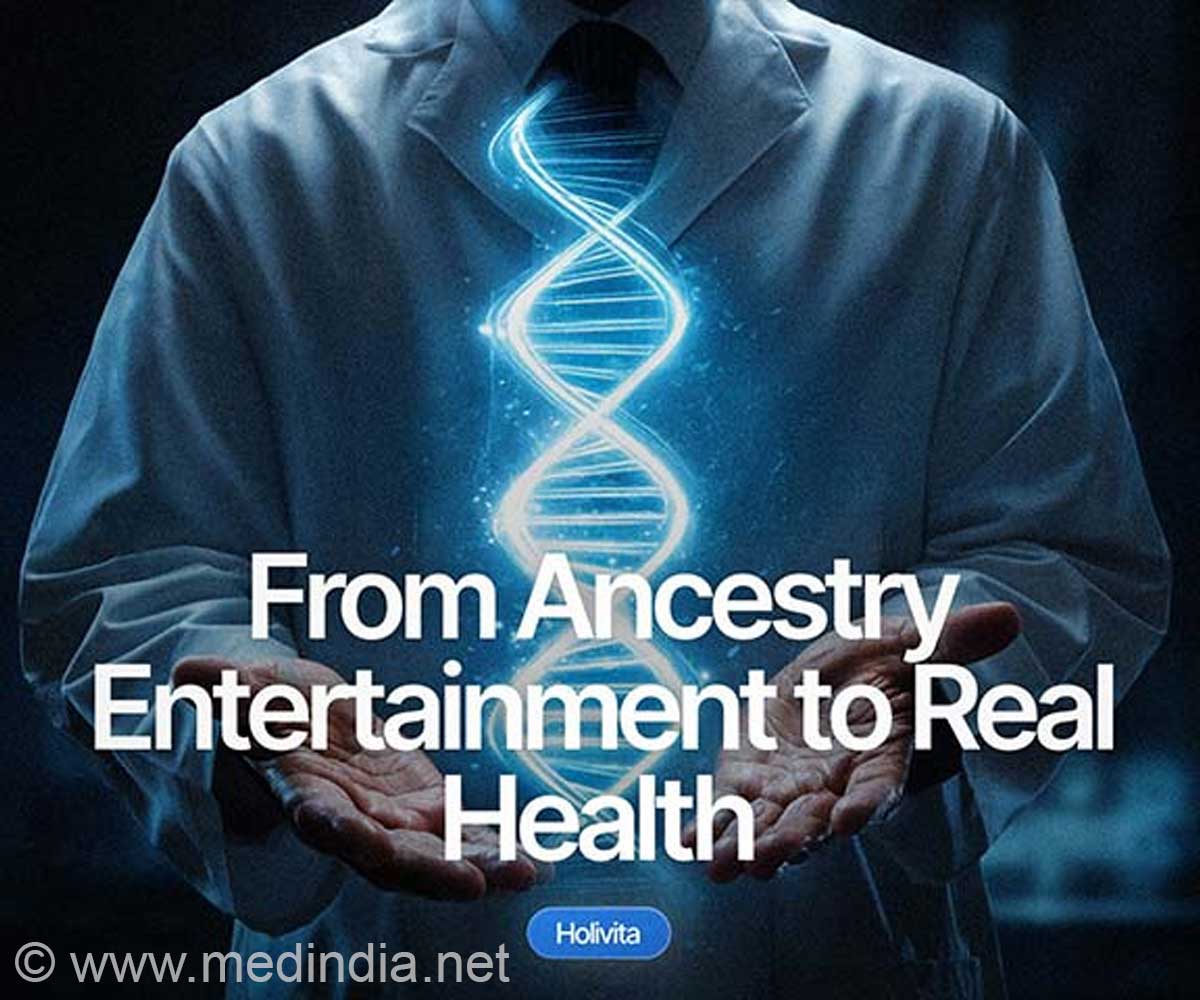Scientists in St. Louis have found that embryonic stem cells can be directed to work to build the heart.
While conducting experiments on mice, scientists Washington University School of Medicine in St. Louis have found that embryonic stem cells can be directed to work building the heart.
Writing about their work in the journal Cell Stem Cell, the researchers say that this work takes them a step closer to realising a new generation of heart disease treatments that use human stem cells.Their study has revealed that a gene called Mesp1 locks mouse embryonic stem cells into becoming heart parts, and gets them moving to the area where the heart forms.
The researchers say that they are now testing whether stem cells exposed to Mesp1 can help fix damaged mouse hearts.
"This isn't the only gene we'll need to get stem cells to repair damaged hearts, but it's a key piece of the puzzle. This gene is like the first domino in a chain: the Mesp1 protein activates genes that make other important proteins, and these in turn activate other genes and so on. The end result of these falling genetic dominoes is your whole cardiovascular system," says senior author Dr. Kenneth Murphy, professor of pathology and immunology and a Howard Hughes Medical Institute investigator.
Scientists believe that embryonic stem cells, which can become almost any specialized cell type, may be used to create new tissue for treatment of a wide range of diseases and injuries.
To realise that end, however, it will be necessary to learn how to coax stem cells into becoming specialized tissue types like nerve cells, skin cells or heart cells.
Advertisement
During the study, the researchers showed that Mesp1 starts the development of the cardiovascular system.
It also found that Mesp1 triggers the creation of a type of cell embryologists recently recognized as the heart's precursor.
The researchers say that when stem cells are exposed to the Mesp1 protein, they are locked into becoming one of three cardiovascular cell types - endothelial cells that line the interior of blood vessels, smooth muscle cells that are part of the walls of arteries and veins, or cardiac cells that make up the heart.
"After they are exposed to Mesp1, the stem cells don't make any decisions for several days as to which of the three cell types they're going to become. The cues that cause them to make those commitments come later, in the form of proteins from other genes," Murphy says.
The researchers now plan to start tracing Mesp1's effects from gene to gene - following the falling genetic dominoes, which branch out into the pathways that form the three cardiac cell types.
"If we can find gene combinations that only make endothelium or cardiac or smooth muscle, then that could be applied to tailoring embryonic stem cells for therapies later on," Murphy says.
Source-ANI
SPH















